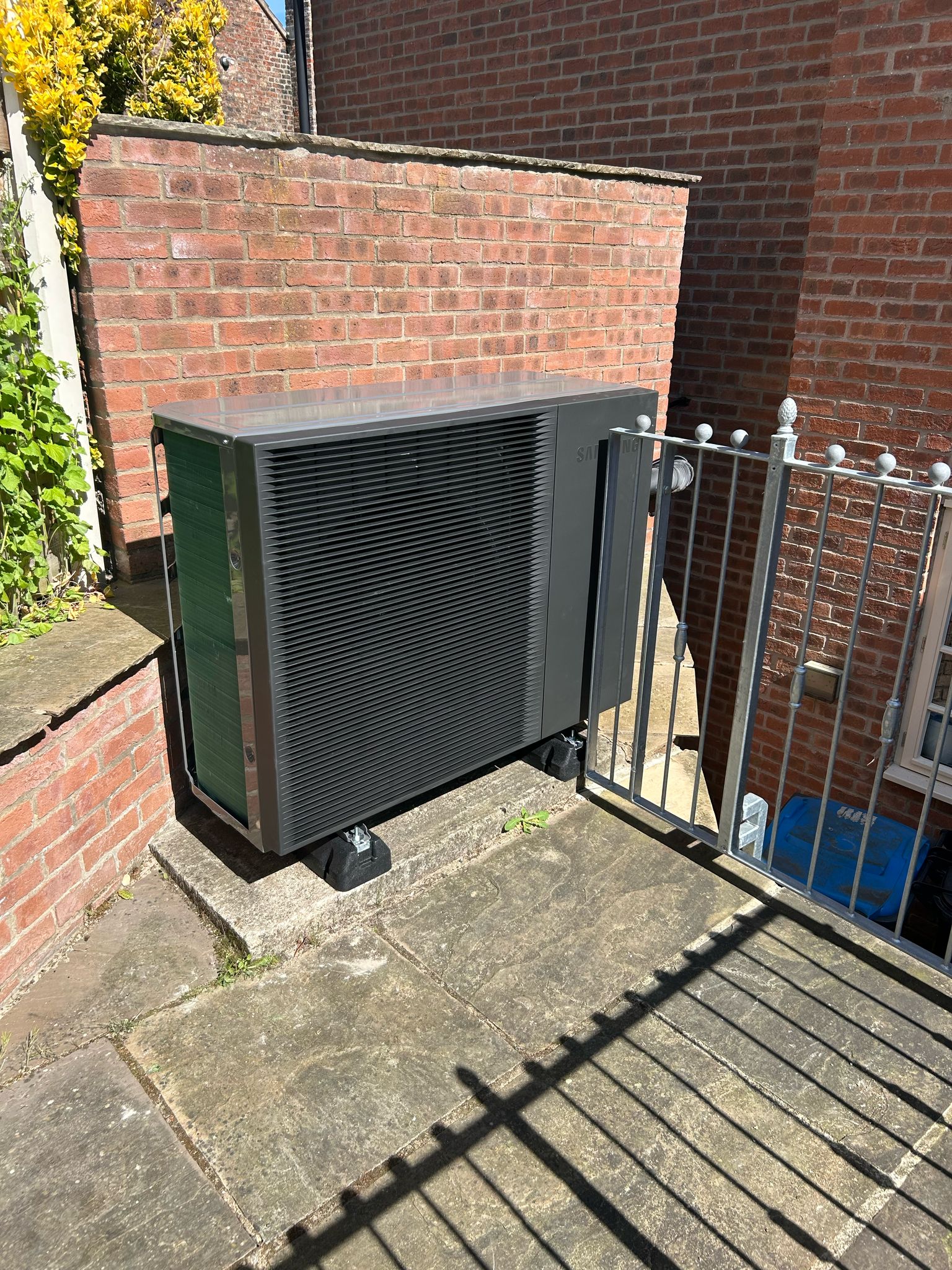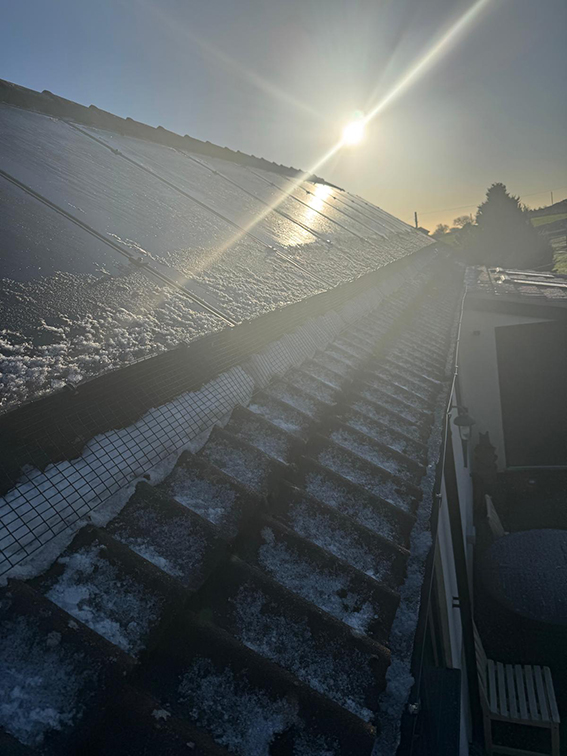
What Size Heat Pump Do I Need for My Home?
All heat pumps are NOT created equal, and not all of them are a good replacement for your traditional boiler … weren’t expecting that, were you?
Well, the real truth is there will be a heat pump at that works for your house but it may not be practical or easy to fit.
You’d have to be really unlucky if that was the case but it can happen.
The real art to heat pumps is making sure they are the right size … and the right kind of heat pump.
In this blog we will be looking at air source heat pumps as that’s the most common in domestic central heating systems.
So, here’s a quick explanation of how they work.
How do air source heat pumps work?
Strap in, it’s physics time!
Basically, a heat pump works like an air conditioner but in reverse.
Air is drawn in from the outside, that air is then passed over a refrigerant with a high boiling point.
The refrigerant heats up slightly before being passed through a high-pressure system that heats it even more.
The super-heated refrigerant is then fed through coils in a tank full of hot water, which is then fed into your central heating system.
Why size matters
The size of your heat pump is very important for several reasons as air source heat pumps are not like regular boilers.
They can’t heat instantaneously, they are more geared towards keeping your home at a constant temperature.
This means they work at much lower temperatures than gas or oil-fired boilers, or any kind of electric heating.
The heat is created by taking the air outside and manipulating it until it can heat the water in your system up, so any heat generated needs to be used as efficiently as possible.
A well-sized air source heat pump will run at a fantastic 400% efficiency, meaning for every 1 kW of power used, you’ll get 4 kW of heat.
A gas boiler functions at between 60 and 90%.
If your heat pump is too small for your home, it will have to work much harder to achieve the same results – meaning it’s efficiency will drop quite dramatically.
So you don’t want it too small or too big.
New build and older properties: How to calculate heat pump size
In a new build, the insulation will be as good as it can be.
Modern building regulations specify some pretty iron-clad ways to make a home as snug and cozy as possible without restricting airflow.
That makes calculating the heat loss pretty easy as the architect will have done all the hard work for you.
If you are retro fitting on an older house then things are a bit more complex.
You will have to take into account the size of the building, insulation, radiators/underfloor heating, how many rooms you have, what they are used for and how the seasons effect your home.
The usage of rooms is important as we tend to keep bathrooms and living rooms warmer than bedrooms or kitchen.
Plus, we tend to spend longer in living rooms and kitchen than bedrooms and bathrooms – so providing the right heat, in the right places can mean the difference between saving or wasting energy.
So, roughly speaking, you’re looking at:
1930s – 200s Properties – 70 Watts per 1m2
Pre-1920s – 100 Watts per 1m2
These are rough estimates and are reliant on the insulation/windows etc all being up to the relevant specifications.
If your 1950s house has no insulation, single glassed windows and drafty doors, it’s not going to be easy to heat by any method!
And back in the real world …
If you have a fossil fuel boiler at the moment, the chances are it’s over sized, and that means it’ll never get pushed to its top limit.
So, no heat loss calculations, not need to worry about efficiency and no real worries about efficiency.
On the heat pump side, your heating is going to live and die on the heat loss calculations your fitter does.If the fitter gets it wrong, you have £15k plus of heating system that is either not doing the job or burning energy for no good reason.
So, stick to the adage ‘measure twice cut once’ – meaning, get the calculation right, do them 2 or 3 times.
The outside world
The temperature outside IS going to affect your heat pump, so you need to size it accordingly.
A 14 kW will be knocking it out of the park during the spring months, but when the temps hit zero at the start of the December, it will only be able to kick out 11.3 kW.
It some houses that will be more than enough, but a bigger house will start to feel a little cold – so size the pump for the worst case scenario.
Heat pumps and your central heating
As heat pumps aren’t like conventional boilers, they don’t always work well with your existing radiators.
This is why retro fitting heat pumps can get a little pricey.
Under-floor heating and large radiators are the order of the day when it comes to heat pumps.
The lower temperature of the pump means the heat has to be spread more evenly and be used much more efficiently.
Lager surface areas for radiators, and obviously underfloor heating, gives a central heating system the tools it needs keep your home at a constant temperature.
You won’t be getting any instant showers either – so all of us that remember the 70s will be very at home with a heat pump!
Basically, you will need a hot water tank to feed your kitchen and bathrooms. But don’t worry, the heat pump will have no problem keeping that water piping hot for your baths.
Conclusion
As we said at the start of this blog, size really does matter.
So, when you are speaking to an installer ensure they do the correct heat loss calculation AND that they do them twice.


